Can Taller Cover Crops Help Clean the Water in Farm Country?
Civil Eats
FEBRUARY 27, 2024
It turns out a system that relies less on row crops isn’t just good for a time- and resource-strapped young farmer. It works as both a cover crop and forage for the cattle, and it’s helping Bedtka build up organic matter in his soil. Any day you can graze is better,” says Bedka. That’s where the sorghum-sudangrass comes in.

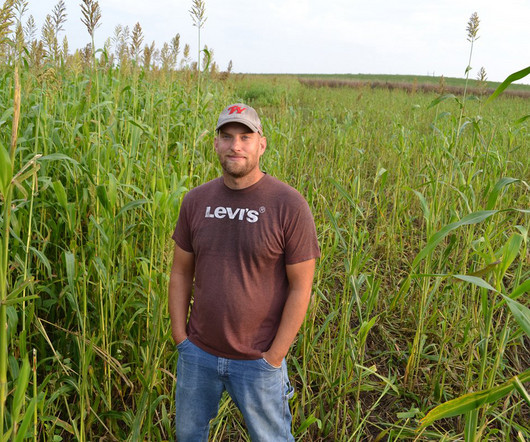

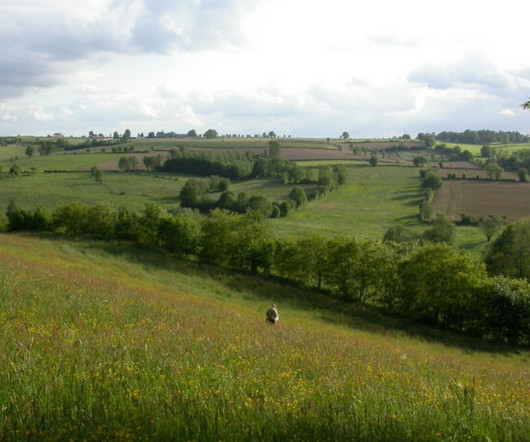
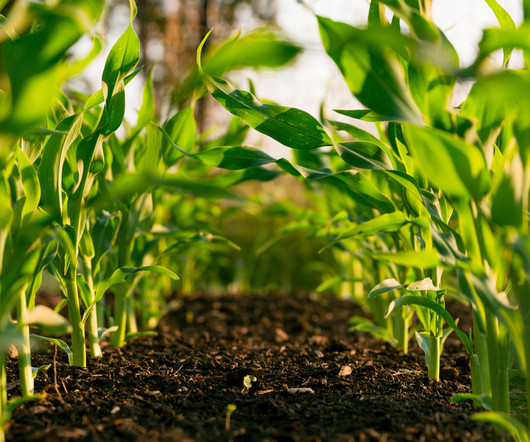
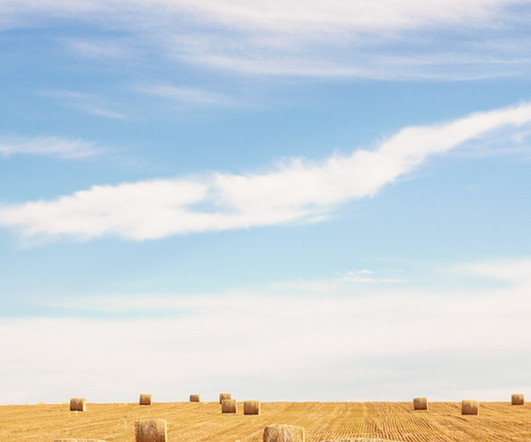
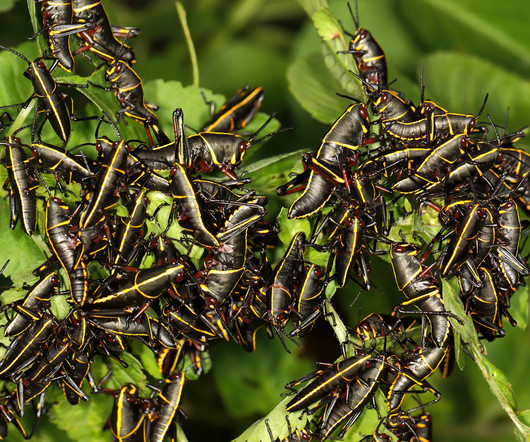
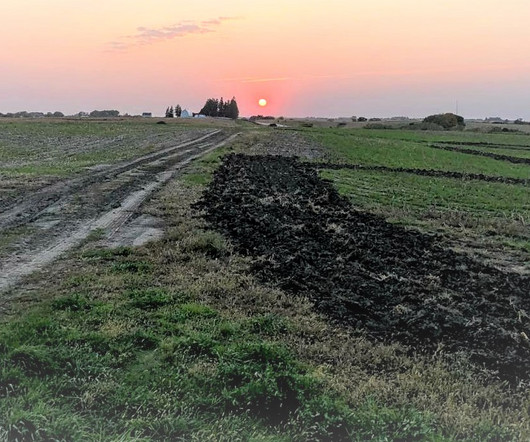
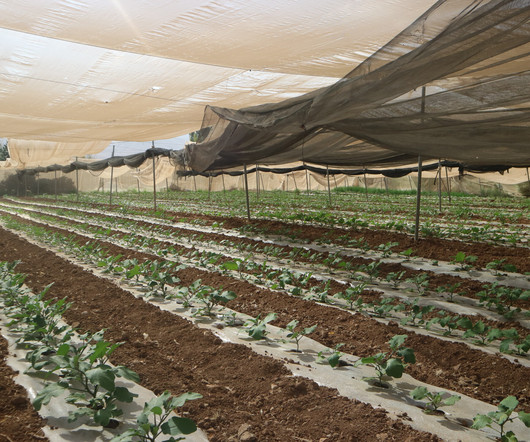







Let's personalize your content